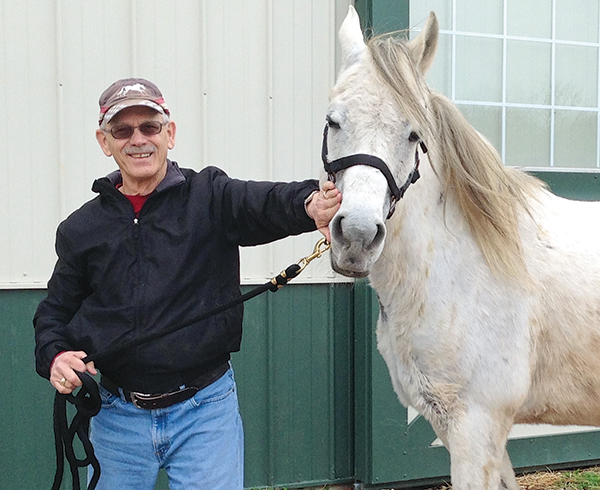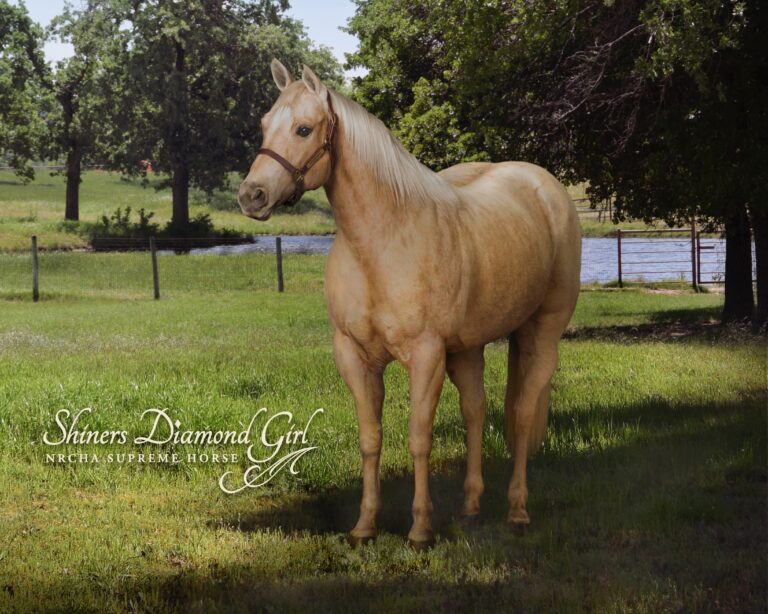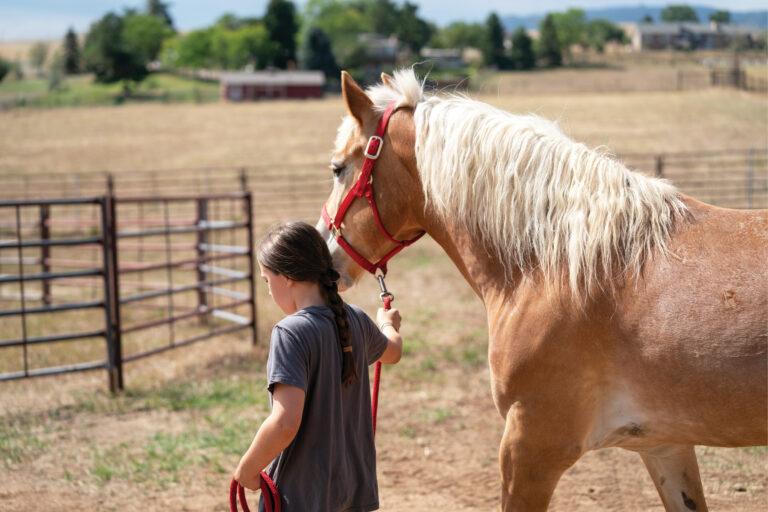I began taking riding lessons at age 63. I’ve discovered learning to ride a horse isn’t as simple as learning to ride, say, a bike. You must master how to sit and how to keep your balance—that much is like the bike. But you must also learn how to position and coordinate your hands and feet. Plus how to follow the movement. Plus how not to bounce. Plus how all the gear works, not to mention how to interact with the horse. And all of it must be processed in the brain at roughly the same time.

Often it can seem like me against the horse, me against the trainer, or me against me. Sometimes separately. Sometimes all together. It’s a challenge.
Garbage In, Garbage Out
A complicating factor is that I’ve put an awful lot of junk and wrong thinking about horses into my “human processor” over the years. By now my storage bins are pretty full, so stuff has to be deleted before I can put new stuff in. And, believe me, a lot of new stuff needs to get in there as I try to learn to maneuver my horse, Aztec. The fact that my processor doesn’t process as quickly as it once did is also a factor. (That’s my story, anyway, and I’m sticking to it.)
Here’s something else to consider. For those of us who’re no longer youngsters, older muscles seem either to be restricted in their movement or simply don’t respond as quickly. It’s a law of nature.
Brain and brawn are supposed to work together. Communicate with each other. For example, my trainer gives a command. My ears hear it and send the command to my brain. My brain sends it out to the appropriate muscle group. They respond to the command and the maneuver is accomplished.
That, at any rate, is how it’s supposed to work.
Sometimes, though, my brain just gets muddled. My trainer gives a command. My ears hear it and send the command to my brain. My brain sends it out to the appropriate muscle group. The muscle group sends the brain back a message: “Ain’t doin’ that today.” The brain then has to find a workaround. What should’ve been a simple process has gotten clogged. At the same time—and as I’m trying to figure out what went wrong—a new command is on the way.
I complain to my trainer about this sort of thing, and because she’s a good instructor, she finds a way to help me work through it. As a result, my horsemanship skills have actually improved to a surprising degree.
More Challenges
Lately, though, I’ve been dealing with some new mind games. I’m sure the distractions in question have always been there; I just didn’t notice them before. Now that I’m a better rider and have dumped some bad habits, there’s room in my brain to notice and deal with these other things.
For instance, my trainer explains a new maneuver. Because I’m that better rider, I have an easier time multi-tasking. So besides implementing the maneuver, I find myself actually noticing that my trainer is urging me to raise or lower my toe, as well, or to feel what Aztec is “telling” me, or to put my left-cheek pocket deeper in the saddle.
I also hear the other riders (who’re waiting their turn to practice the maneuver) telling each other how good my ride looks—or expressing their concern that I may be about to have an “unplanned dismount.” I can even hear that obnoxious bird chirping somewhere in the arena.
My trainer keeps telling me that with continued practice, I can and will overcome these challenges and distractions. And you know what? She’s right.
Now that I have the benefit of a couple years’ riding experience, I’ve noticed communication between Aztec and me has significantly improved. He understands my body movements better, and I can actually feel his responses to my verbal and physical commands.
And, oh! What fun it is!
Edmond P. DeRousse is a retired educator for the Illinois Department of Corrections. He served seven years in the U.S. Army and worked as an executive for the Boy Scouts of America. After watching his wife having so much fun on her horse, he decided to join in. Aztec, a once-neglected gelding adopted from a rescue ranch, inspired him to write a book about his equestrian adventures. Learn more at commonmanadventures.com.






